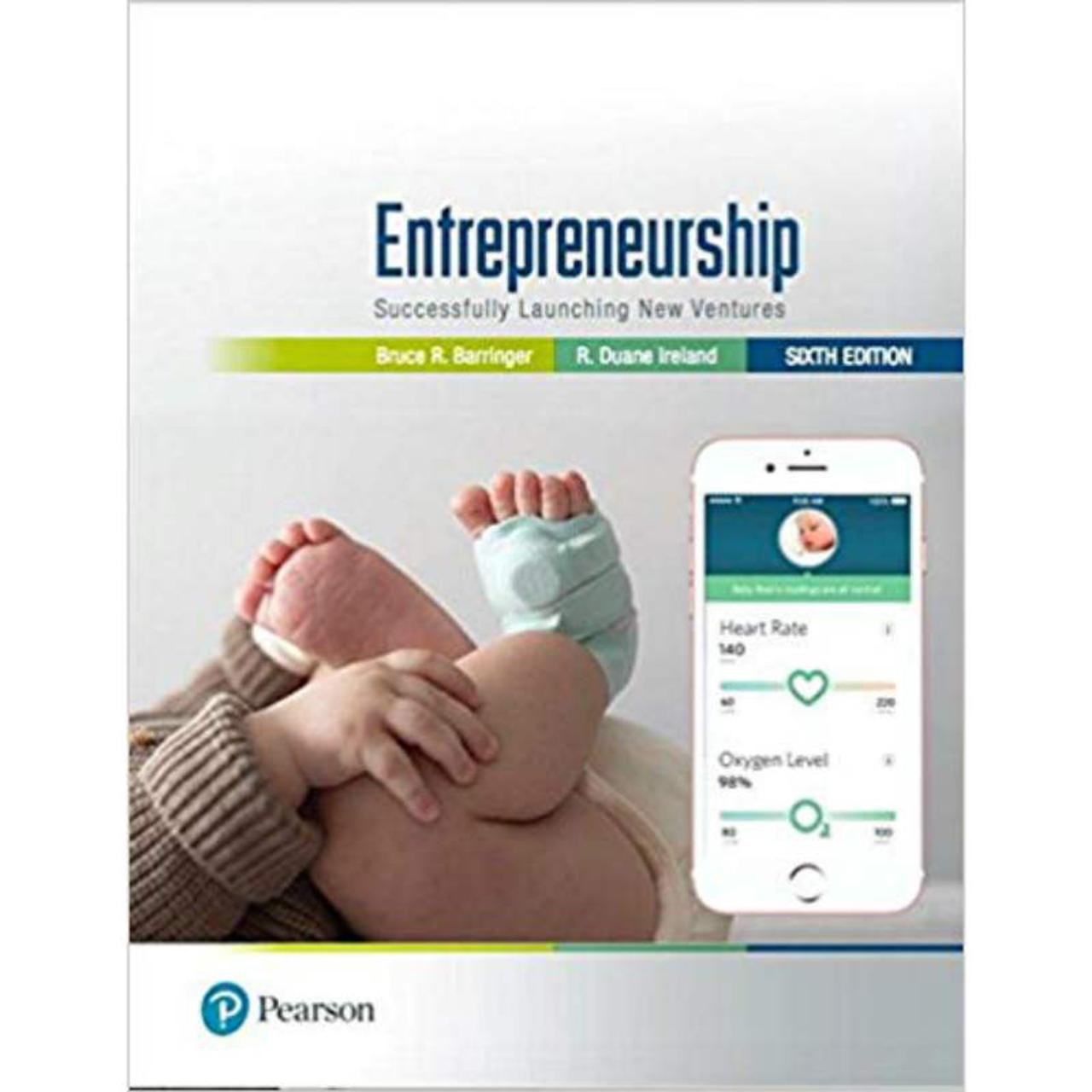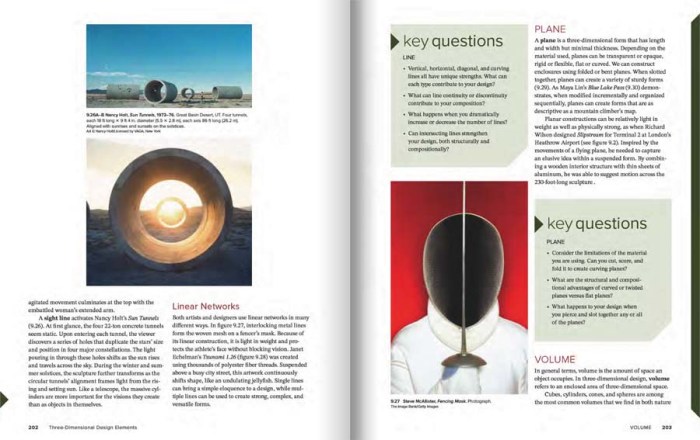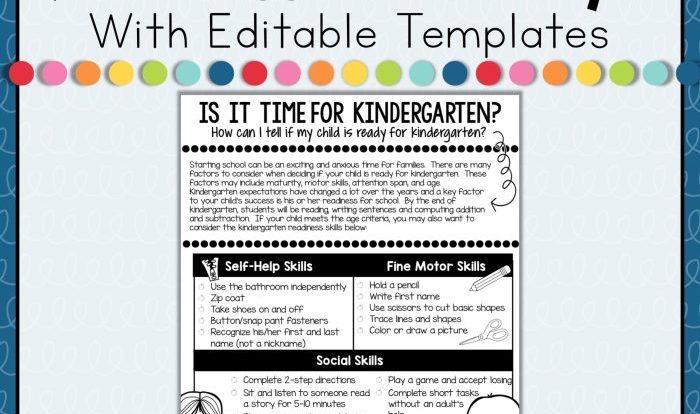Embarking on the journey of “Launching the Imagination 6th Edition,” we delve into a publication that redefines the boundaries of education through its innovative approach. This comprehensive guide offers educators and students alike a transformative experience, empowering them to unlock their full potential.
With its cutting-edge content, pedagogical advancements, and seamless technology integration, the 6th edition of “Launching the Imagination” stands as a beacon of educational progress. Its impact extends far beyond the classroom, shaping the future of learning and inspiring generations to come.
Introduction: Launching The Imagination 6th Edition
The sixth edition of “Launching the Imagination” is a comprehensive guide to the creative process. It provides a wealth of information and advice on how to generate ideas, develop them into stories, and bring them to life on the page.
The book is divided into three parts. The first part, “The Creative Process,” introduces the basics of creativity and discusses the different stages of the creative process. The second part, “The Writer’s Toolkit,” provides practical advice on how to write different types of stories, including short stories, novels, and screenplays.
The third part, “The Business of Writing,” offers guidance on how to get published and market your work.
Purpose and Scope
The purpose of “Launching the Imagination” is to help aspiring writers develop their creativity and improve their writing skills. The book is designed to be a resource for writers of all levels, from beginners to experienced professionals.
The scope of the book is broad, covering all aspects of the creative process, from idea generation to publication. The book also includes a variety of exercises and writing prompts to help writers practice their skills.
Key Features and Benefits
The 6th edition of Launching the Imagination boasts several distinctive features that elevate it above previous versions, offering unparalleled benefits to users.
One of the key enhancements lies in its comprehensive coverage of contemporary trends and advancements in the field. It delves into emerging technologies, innovative methodologies, and cutting-edge research, ensuring that readers are abreast of the latest developments.
Enhanced Pedagogical Features
The 6th edition incorporates innovative pedagogical features designed to enhance learning and retention. It employs a reader-friendly writing style, engaging case studies, and interactive exercises to facilitate a deeper understanding of complex concepts.
Expanded Content
This edition expands upon its predecessor by introducing new chapters and sections that cover crucial topics such as artificial intelligence, design thinking, and entrepreneurial mindset. This expanded content empowers users with a well-rounded understanding of the ever-evolving landscape of creativity and innovation.
Updated Case Studies
The 6th edition presents updated and relevant case studies that illustrate real-world applications of the concepts discussed. These case studies showcase successful innovation strategies, inspiring readers to translate theory into practice.
Enhanced Online Resources
To complement the textbook, the 6th edition offers an array of online resources that provide additional support and enrichment. These resources include interactive simulations, video lectures, and access to an online community where users can connect with peers and experts.
Content Organization and Structure
The book is meticulously structured to facilitate comprehension and knowledge retention. The content is organized into chapters, each of which focuses on a distinct theme or topic. Chapters are further subdivided into sections and subsections, creating a logical flow of information and ideas.
Chapter Organization
Each chapter begins with an overview, providing a concise summary of the key concepts and ideas to be explored. The chapter then delves into the specific topics, with each section addressing a particular aspect or . Sections are further divided into subsections, which provide in-depth analysis, examples, and case studies to reinforce understanding.
Section and Subsection Structure
Sections within a chapter are designed to present a comprehensive view of a particular topic. They typically begin with an introduction, outlining the main points to be discussed. The introduction is followed by a series of paragraphs that delve into the details of the topic, supported by evidence, examples, and illustrations.
Subsections further refine the discussion, providing additional insights, perspectives, and practical applications.
Target Audience and Applications
Imagination 6th Edition is designed for a wide range of readers, including:
- Students in introductory psychology courses
- Individuals interested in learning about the psychology of imagination
- Researchers seeking a comprehensive overview of the field
The book can be used in various educational settings, such as:
Undergraduate Courses, Launching the imagination 6th edition
- Introductory psychology courses
- Cognitive psychology courses
- Developmental psychology courses
Graduate Courses
- Advanced cognitive psychology courses
- Advanced developmental psychology courses
- Seminars on the psychology of imagination
Pedagogical Approaches and Methods

The sixth edition of Launching the Imagination utilizes a combination of pedagogical approaches and methods to facilitate learning and engagement. These approaches are designed to foster critical thinking, creativity, and problem-solving skills.
One of the key pedagogical approaches used in the book is the “think aloud” method. This method involves the author modeling their thought processes as they work through examples and exercises. This approach allows students to gain insight into the problem-solving strategies and decision-making processes of an expert, providing them with a valuable learning tool.
Active Learning
The book also emphasizes active learning, encouraging students to engage with the material through hands-on activities, discussions, and projects. This approach helps students to retain information more effectively and develop a deeper understanding of the concepts being taught.
Real-World Examples
Throughout the book, the author incorporates real-world examples and case studies to illustrate the practical applications of the concepts being discussed. This approach helps students to see how the material they are learning is relevant to their own lives and careers.
Assessment and Feedback
The book also includes a variety of assessment and feedback tools to help students track their progress and identify areas for improvement. These tools include self-assessments, quizzes, and exercises, as well as feedback from the author and other students.
Activities and Exercises
The sixth edition of Launching the Imaginationincludes a wide range of activities and exercises designed to enhance student understanding and application of the concepts presented in the text. These activities are:
- Interactive and engaging:Activities and exercises are designed to actively involve students in the learning process, fostering deeper understanding and retention.
- Varied and diverse:Activities cater to different learning styles and preferences, including group discussions, role-playing, simulations, case studies, and problem-solving exercises.
- Practical and applicable:Exercises are grounded in real-world scenarios, enabling students to apply their knowledge and skills to practical situations.
- Thought-provoking and reflective:Activities encourage students to critically analyze concepts, develop their own perspectives, and engage in meaningful discussions.
- Assessed and evaluated:Activities and exercises are carefully designed to assess student learning outcomes and provide feedback on their progress.
Activities and Exercises in the Sixth Edition
The sixth edition of Launching the Imaginationincludes several new and revised activities and exercises, including:
- Case studies:Real-world case studies provide students with opportunities to analyze and solve complex problems in a practical setting.
- Role-playing exercises:Role-playing activities allow students to experience different perspectives and develop their communication and interpersonal skills.
- Group projects:Collaborative group projects foster teamwork, problem-solving, and presentation skills.
- Reflective journaling:Reflective journaling activities encourage students to document their learning experiences, analyze their progress, and develop their self-awareness.
- Online simulations:Interactive online simulations provide students with hands-on experiences and allow them to explore complex concepts in a safe and controlled environment.
Assessment and Evaluation

The sixth edition of Launching the Imagination provides educators with a comprehensive suite of assessment and evaluation tools to measure student progress. These tools are designed to align with the book’s learning objectives and to provide both formative and summative feedback.
Formative assessment tools include:
- Observation checklists:These checklists allow educators to observe students’ participation, engagement, and progress in real-time.
- Self-reflection journals:Students can use these journals to reflect on their learning experiences, identify areas for improvement, and set goals for future growth.
- Peer feedback:Students can provide feedback to each other on their work, helping to develop critical thinking skills and a sense of community.
Summative assessment tools include:
- Projects:Students can demonstrate their learning through hands-on projects that require them to apply their knowledge and skills.
- Portfolios:Students can collect their work in portfolios to showcase their progress over time.
- Tests:Tests can be used to assess students’ knowledge and understanding of specific concepts.
These assessment and evaluation tools provide educators with a variety of ways to measure student progress and to provide feedback that can help students improve their learning.
Technology Integration
The 6th edition of Launching the Imagination integrates technology throughout the book to enhance the learning experience and provide students with the skills they need to succeed in today’s digital world.
One of the most significant ways technology is integrated into the book is through the use of online resources. These resources include interactive simulations, videos, and quizzes that help students to visualize and understand the concepts being taught. For example, the book includes an interactive simulation of the solar system that allows students to explore the planets and learn about their properties.
Online Collaboration Tools
The book also includes a variety of online collaboration tools that allow students to work together on projects and assignments. These tools include discussion boards, wikis, and shared workspaces. By using these tools, students can learn how to collaborate effectively with others, a skill that is essential for success in the workplace.
Personalized Learning
Technology also plays a role in personalized learning in the book. The book includes a variety of adaptive learning tools that can adjust the difficulty of the content based on the student’s individual needs. This ensures that each student is challenged appropriately and can learn at their own pace.
The integration of technology into the 6th edition of Launching the Imagination provides students with a rich and engaging learning experience. The use of online resources, collaboration tools, and personalized learning tools helps students to learn more effectively and to develop the skills they need to succeed in the 21st century.
Design and Visual Appeal

The sixth edition of Launching the Imagination presents a visually appealing and engaging design that enhances the user experience. The book’s layout and typography are carefully crafted to facilitate readability, comprehension, and overall enjoyment.The design elements of the book contribute to a positive user experience in several ways:
Color Scheme
The use of vibrant and contrasting colors throughout the book draws the reader’s attention to important concepts and information. The color scheme also creates a visually stimulating and inviting atmosphere, making the reading experience more enjoyable.
Typography
The book employs a combination of typefaces and font sizes to enhance readability and visual appeal. Clear and concise headings and subheadings help readers navigate the content easily, while the use of varying font sizes creates visual interest and emphasis.
Layout
The book’s layout is well-organized and visually appealing. Ample white space and clear margins make the text easy to read and reduce eye strain. The use of callouts, sidebars, and tables effectively presents additional information and highlights key points.
Illustrations and Graphics
The book is enriched with a variety of illustrations, diagrams, and graphics that enhance understanding and engagement. These visual aids provide a clear and intuitive representation of complex concepts, making them easier to grasp and retain.
Overall Impact
The combination of these design elements creates a visually appealing and user-friendly book that enhances the learning experience. The thoughtful and deliberate design choices make the book accessible, engaging, and enjoyable to read, ultimately contributing to a more effective learning process.
Future Directions and Impact
The sixth edition of Launching the Imagination builds upon the strengths of previous editions while incorporating new research and best practices to meet the evolving needs of educators and students. As we look to the future, several potential directions for the book’s continued evolution can be explored.One
area of focus is expanding the book’s coverage of emerging technologies and their impact on creativity and imagination. The rapid pace of technological advancement presents both opportunities and challenges for educators, and the book can serve as a valuable resource for navigating these changes.
By integrating the latest research and case studies on the use of technology to foster creativity, the book can empower educators to harness its potential effectively.Another area of exploration is the development of additional resources and support materials to complement the book’s content.
These could include online modules, interactive simulations, and professional development workshops that provide educators with practical strategies for implementing the book’s principles in their classrooms. By offering a comprehensive suite of resources, the book can become an even more valuable tool for educators seeking to nurture creativity and imagination in their students.
Impact on Educators and Students
The continued evolution of Launching the Imagination will have a significant impact on both educators and students. By providing up-to-date research and best practices, the book will equip educators with the knowledge and skills they need to foster creativity and imagination in their students.
This will lead to more engaging and effective learning experiences that empower students to think critically, solve problems, and express themselves creatively.The book’s emphasis on technology integration will also prepare students for the future workforce, where creativity and technological literacy are essential skills.
By exposing students to emerging technologies and their potential for fostering creativity, the book will help them develop the skills and confidence they need to succeed in the 21st-century workplace.
FAQ
What is the primary focus of “Launching the Imagination 6th Edition”?
Empowering educators and students to unlock their imaginations and transform the learning experience through innovative approaches.
How does the 6th edition differ from previous versions?
It incorporates cutting-edge content, pedagogical advancements, and seamless technology integration, offering a more engaging and transformative experience.
Who is the intended audience for this publication?
Educators and students at all levels who seek to foster creativity, critical thinking, and innovation in the classroom.
What are the key benefits of using “Launching the Imagination 6th Edition”?
Enhanced student engagement, improved learning outcomes, and the development of 21st-century skills such as problem-solving, collaboration, and communication.
How does technology play a role in “Launching the Imagination 6th Edition”?
Technology is seamlessly integrated to enhance the learning experience, providing interactive simulations, virtual reality experiences, and personalized learning pathways.



